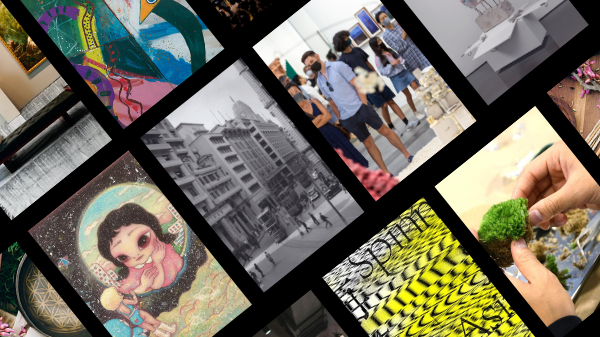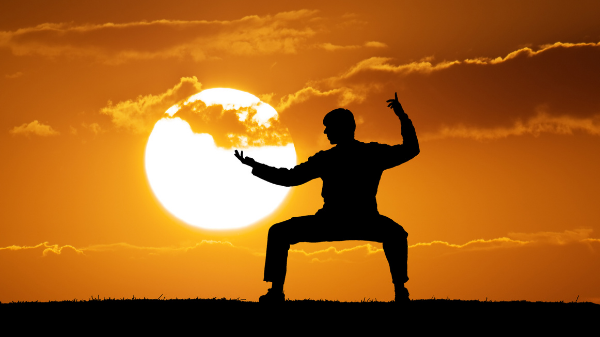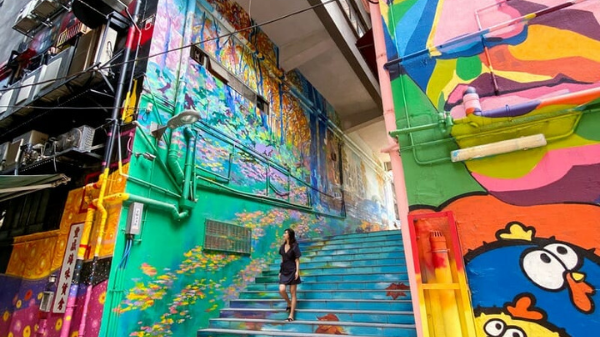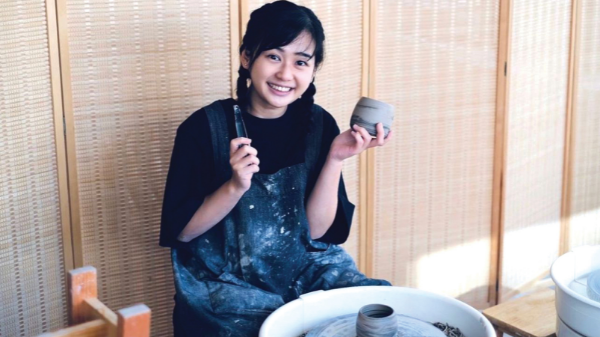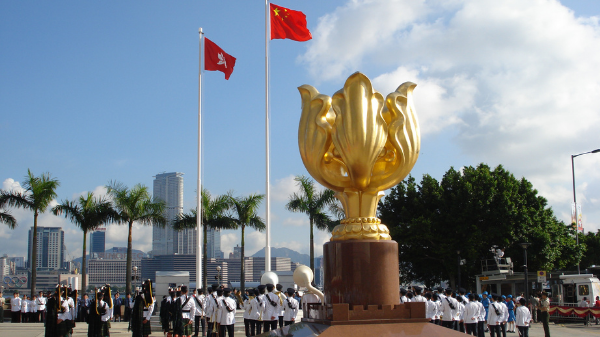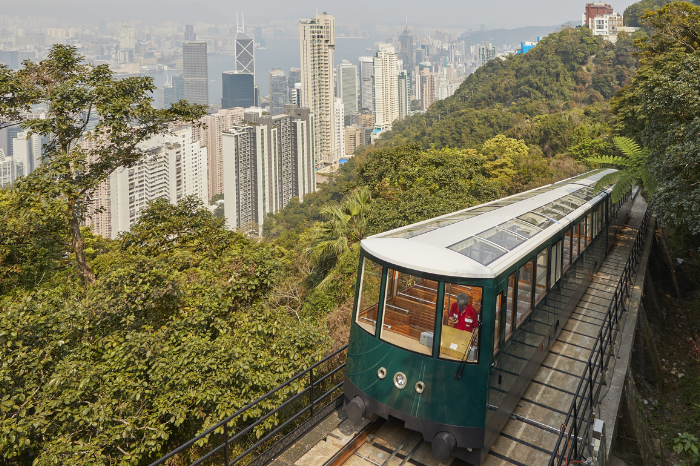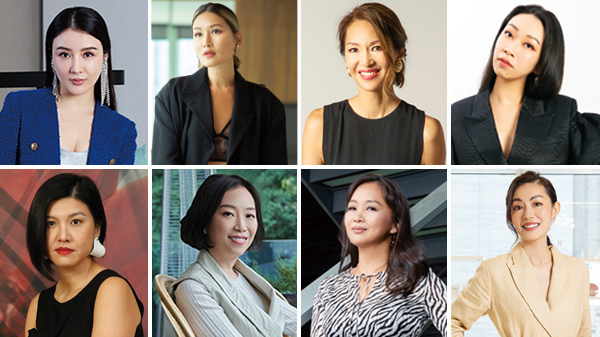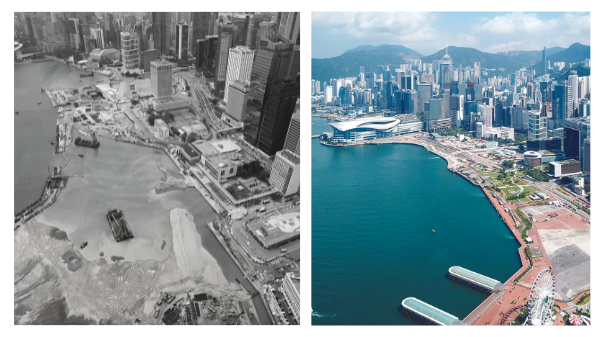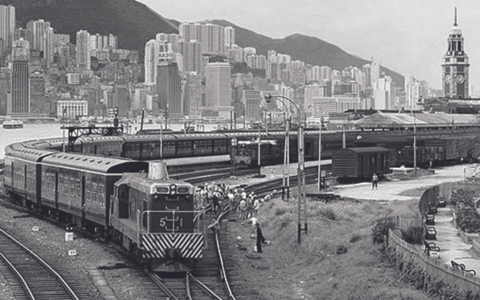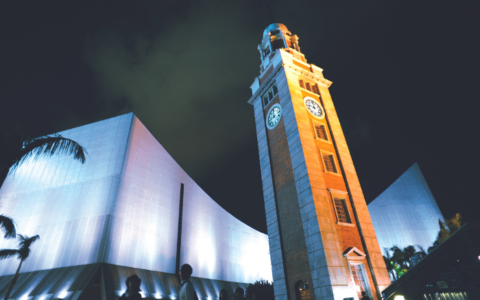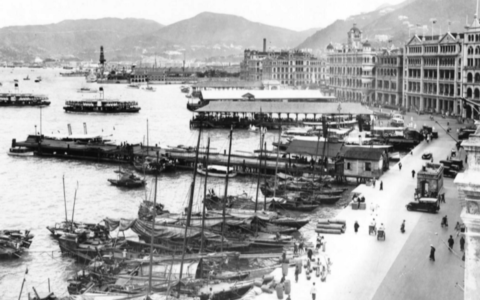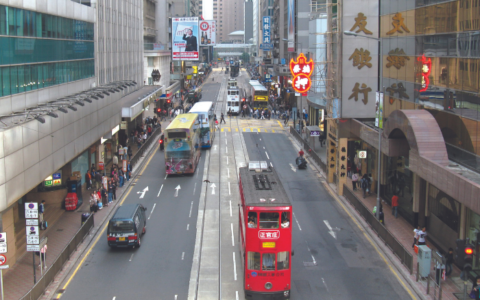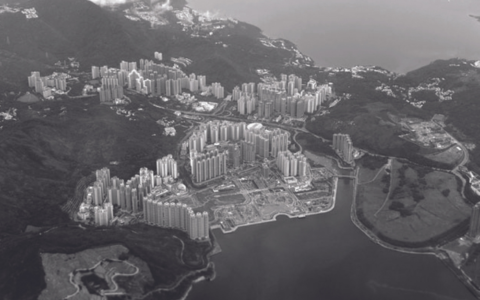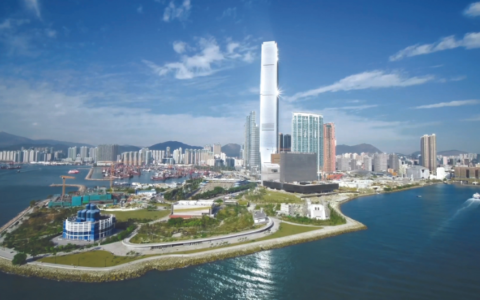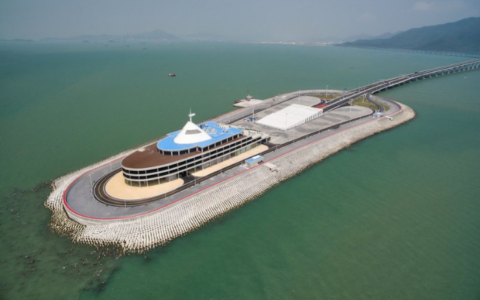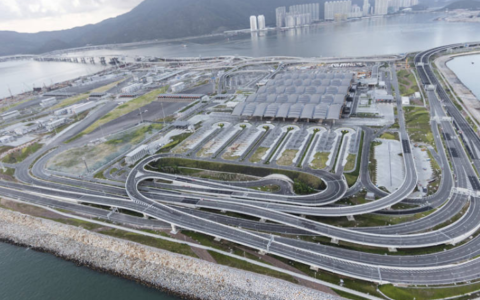As the Hong Kong begins to return to a sense of semi-normalcy, and public venues open their doors to visitors once again, prompting a sigh of relief from Hongkongers in time for Art Month. From the highly anticipated Art Basel to the annual Le French May and much, much more, see our round up of exciting happenings for the month of May.
Art Basel
27-29 May

Although the city’s biggest art fair arrives two months later than usual due to Covid-19 social distancing and flight restrictions, it has nonetheless pulled out all the stops to present an astonishingly diverse showcase of modern and contemporary works from established and emerging artists around the world. Get ready to browse the collections of some 130 participating galleries and institutions across Asia and beyond, as well as visit online viewing rooms catering to exhibitors unable to attend the fair in person.
Price: From HK$150
Location: Hong Kong Convention and Exhibition Centre, Wan Chai
For more information: artbasel.com/hong-kong
Art Central
26-29 May

In this art-filled month, the seventh edition of Art Central will run alongside its larger cousin, Art Basel Hong Kong. This year’s dynamic showing will encompass more than 40 innovative galleries among other content, such as Gok Dou Live presented by Asia Society Hong Kong Center. Within an expanded programme, the latter includes talks, artist interviews and new initiatives designed to excite a public starved of in-person, real-time art appreciation.
Price: From HK$150
Location: Hong Kong Convention and Exhibition Centre, Wan Chai
For more information: artcentralhongkong.com
Le French May
Until Jun

One of the largest cultural and art festival in Asia, the annual celebration that is Le French May returns in time for Art Month to offer the city a month and more of French-inspired heritage. Featuring emerging Hong Kong-based visual and dramatic artists, theatrical performers, dancers and filmmakers, the festival will showcase the cultural synergies that connect Hong Kong to France through more than 100 programmes. From musical shows and performance arts to exhibitions and culinary offerings, prepare to be artfully fed and enlightened by this highly anticipated event.
Location: Various Locations
For more information: frenchmay.com
Instead of an Afterwards
Until 14 May

Korean Cultural Center in Hong Kong asks art lovers to ponder about the concept of time and timeliness through the works of five South Korean artists. The exhibition, curated by Choe Nowk, reframes what it means to be present. Featuring art by Jaekyung Jung, Daniel Schine Lee, Hyejoo Jun, Suyon Huh and Rong Bao, Instead of an Afterwards seeks to draw out a deeper meaning than what meets the eye, prompting us to reconsider what we view as important.
Price: Free entry
Location: Korean Cultural Center, PMQ, Central
For more information: pmq.org.hk
Looking East: St Ives Artists and Buddhism
Until 31 May

Central-based 3812 Gallery turns its spotlight on the St Ives school with an exhibition on how Eastern influences, particularly Buddhist philosophy, influenced post-war British artists in the southwestern Cornish town. Works by famed ceramicist Bernard Leach and Buddhist scholar D.T. Suzuki feature among a multimedia display spanning stoneware, oil painting and collage that illustrates the spirituality underlying Western art in that era.
Price: Free entry
Location: 3812 Gallery, 26/F, Wyndham Place, Wyndham Street, Central
For more information: 3812gallery.com
Also Read: Places to visit to see vibrant street art in Hong Kong
Recovery, Resilience, Resurgence
Until 6 Jun

Asia Society invites the public to rediscover the compelling history of Hong Kong through beautifully captured photographs that illustrate 30 years of heritage, change and development. From the post-war period into the ’50s, ’60s and the onset of the ’70s, the lenses of the late acclaimed photographers Hedda Morrison, Lee Fook Chee and Brian Brake each reveal a distinctive take on the rise of this modern Asian city.
Price: Free entry
Location: Asia Society Hong Kong Center, 9 Justice Drive, Admiralty
For more information: asiasociety.org/hong-kong
Spinning East Asia Series II: A Net (Dis)entangled
Until 7 Aug

Non-profit art institution Centre for Heritage, Arts and Textile (Chat) presents an exhibition held both virtually and in situ at former textiles factory The Mills. Underscoring the diversity of East Asian history and culture, contemporary works by 16 prominent artists and groups from across the region will be showcased. The affair joins the likes of guided tours, online discussion forums, talks and performances on Chat’s illuminating Spring Programme 2022.
Price: Free entry
Location: 3/F, The Mills, Tsuen Wan
For more information: mill6chat.org
Bonart Terrarium Workshops
Ongoing

You don’t have to step outdoors to exercise your green thumb. Explore the extent to which plant life can elevate your home at one of Bonart’s terrarium workshops. The botanical concept store in Tai Kwun combines art and nature in a variety of two-hour sessions in which participants can learn how to build a miniature eco-system, while also picking up some practical gardening skills and tips to better care for home greenery. Participants can take home their terrariums to admire afterwards.
Price: From HK$380
Location: Shop 03-204A, Tai Kwun, Central
For more information: bonart-hk.com
Online Singing Bowl: A Self-Healing Journey with Anita Cheung
Ongoing

Keen to relieve stress in the comfort and safety of your own living room? Join award-winning transformative healer Anita Cheung in a soothing sound bath to relax, heal and tap into a deeper connection with the mind. Discover your inner self, find your balance, and gain a new level of wisdom through this 60-minute virtual sound-healing journey. Cheung’s ongoing sessions offer a different experience to devotees each time.
Price: HK$128 (pay what you want)
Location: Online access
For more information: ilivingacademy.com



